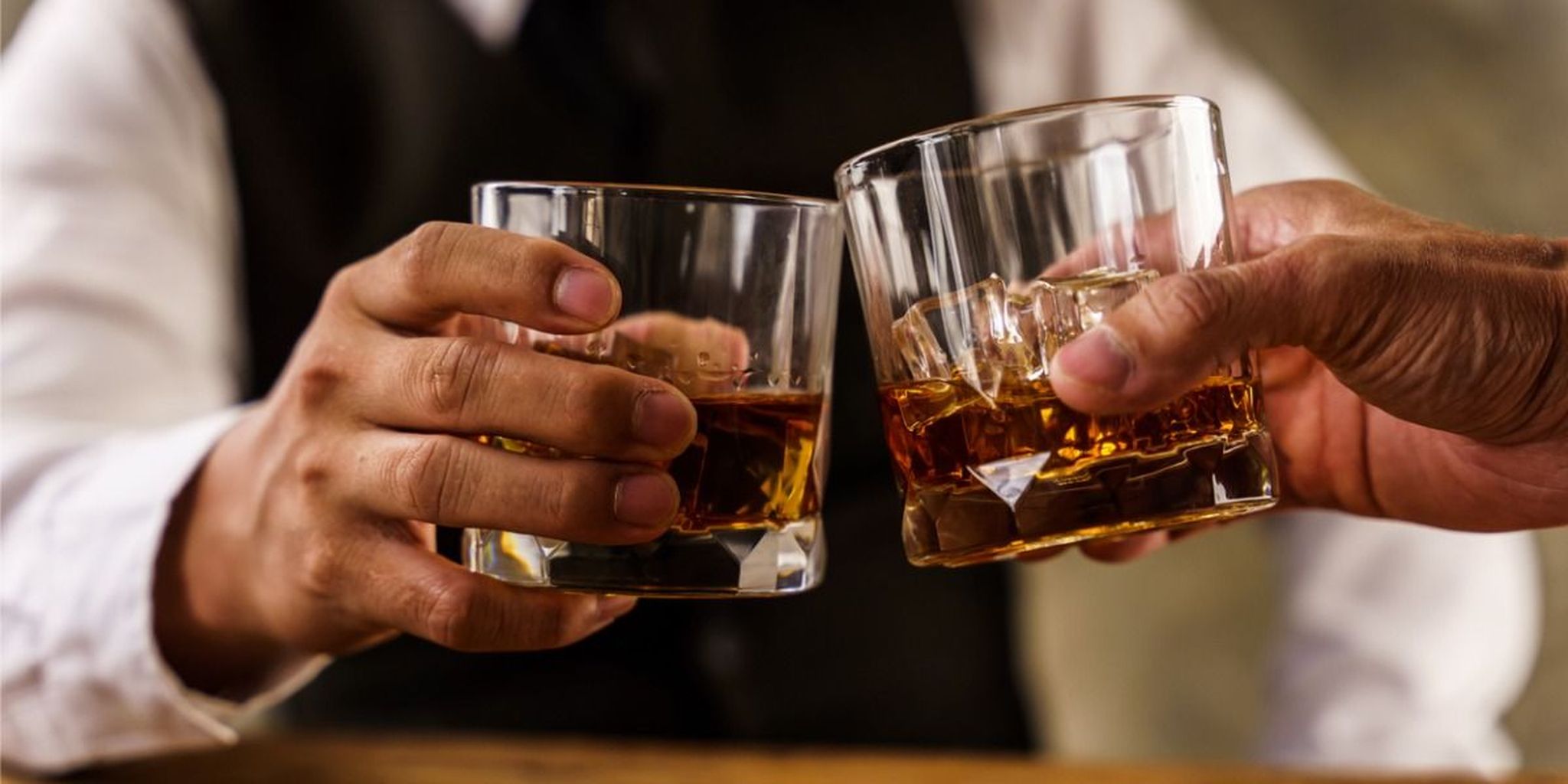Nowadays there are many platforms and auction houses that make it possible to invest in rare whiskey bottles. Investing in whiskey barrels also seems to be becoming increasingly popular.
What exactly is involved? There are basically two ways to invest in whisky. The first and best-known way is to buy a unique bottle in the hope that it will become more valuable at some point.
Another option is to invest in a barrel. You then buy a physical barrel with the spirits in it and store it for several years. The barrel can then be resold to another investor or you can bottle it yourself and resell the bottles.
Accessible
The more speculative option of the two is investing in bottles. Compare it with a work of art or a rare champagne: whether the object increases in value remains to be seen.
This depends on how rare the object actually is, while future demand development also plays a role. It takes the necessary (specific) knowledge of whiskey to get an idea of the possible future value of a bottle.
Investing in a whiskey barrel is a bit more accessible, according to experts. The quality (and therefore the value) of the whiskey simply increases if it matures in the barrel for a longer period.
Popular drink
Ultimately, the return on whiskey is of course largely determined by market demand, in addition to supply. The question seems to be fine. From figures from the American Trade Association Distilled Spirits Council it appears that the demand for whiskey has been rising sharply for years.
In the period 2002 to 2021, demand more than doubled and in 2022 there was still a growth of 10.5% compared to the previous year. This makes whiskey the second most popular spirit in the US, just behind tequila.
In short: buy a barrel immediately, wait years and resell? Unfortunately it’s not that easy.
Strict rules
The biggest problem is the long time between storing the drink and monetizing the stock.
Sufficient space is required to store one or more barrels. Moreover, you are not investing in a company with cash flows, so all costs incurred for storing the barrels can (hopefully) only be covered by the return on sale after years.
And don’t think: can’t the whiskey be taken out of the barrel earlier? In addition to the preference of many enthusiasts for an older whisky, there are strict rules that state that the drink must have been in the barrel for a certain time before it can be sold as whisky.
Cover start-up costs
In the United Kingdom, for example, this is a minimum of three years. It is of course also possible to visit a distillery. You then invest directly in a company, with cash flows.
But here too, knowledge is required, especially for smaller parties in need of capital. Existing distilleries have extensive inventories and can continuously monetize them, while smaller distilleries have to wait years to deliver the first bottles.
So it takes a while before they are profitable. Younger distilleries will also want to bottle and sell their drinks sooner, in order to at least partially cover the start-up costs.
Long horizon
And that does not benefit the whisky. An attractive option for distilleries may be to transfer ownership of a barrel to investors with a long horizon.
The investor then becomes the owner of the barrel, which remains in the distillery, and the distillery can raise some capital in the meantime to continue running the business.
In the Netherlands there is an initiative called The Whiskey Room, where it is possible to purchase your own ten-liter oak barrel for 600 euros. This seems like an accessible way to get acquainted with whiskey as an investment.
Value increases
The American platform CaskX does this on an even larger scale and brings parties who want to sell their barrels and investors together. But what does it bring?
According to CaskX’s own figures, a barrel of bourbon increases in value by about 10% to 16% per year. The longer the whiskey has been aged, say more than 15 years, the more limited the value increase of 6% to 12%, but on the other hand, it is easier to sell an older barrel.
For scotch this would mean an increase in value of 8% to 14% per year. An interesting consideration.
